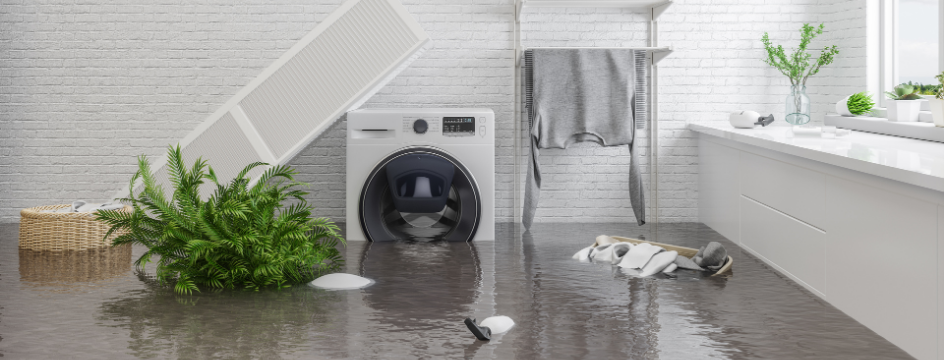A sump pump is your first line of defense against basement flooding—especially during spring thaw, heavy rains, or unexpected plumbing issues. Whether you're a new homeowner or just looking to stay on top of maintenance, here are some essential sump pump tips to keep your home safe and dry year-round.
1. Regular Testing and Maintenance Test Annually (Especially in Spring):
Before the rainy season begins, pour water into your sump pit to make sure the pump kicks on and drains the water efficiently. This simple test can prevent major headaches down the line.
Before the rainy season begins, pour water into your sump pit to make sure the pump kicks on and drains the water efficiently. This simple test can prevent major headaches down the line.
Keep It Clean: Debris, dirt, and silt can clog the pump or reduce efficiency. Regularly clean both the sump pit and the pump itself. Don’t forget the inlet or pump screen—this part needs attention to avoid blockages.
Inspect the Discharge Line: Make sure the discharge pipe is clear of obstructions and that it's moving water away from your home’s foundation. During the winter months, check for ice build-up or blockages that could cause backflow.
Get Professional Servicing: An annual inspection by a qualified technician—preferably before spring—can help identify small issues before they become big, expensive problems.
2. Safety and Backup MeasuresInstall a Battery Backup:
Power outages often accompany storms. A battery backup ensures your sump pump keeps running when you need it most. Make it a habit to test the battery periodically.
2. Safety and Backup MeasuresInstall a Battery Backup:
Power outages often accompany storms. A battery backup ensures your sump pump keeps running when you need it most. Make it a habit to test the battery periodically.
Add a Water Alarm: A water alarm can provide an early warning if water levels rise too high or if your sump pump fails. This small investment can save you from major water damage.
Keep Flammables Away: Avoid storing gasoline, paint thinners, or other combustibles near your sump pump. Safety first!
3. Tackling Seasonal and Specific Issues
Winterize If Needed: If you live in a cold climate, winterizing your sump pump is a must. Disconnect and store the discharge pipe if freezing is expected, or use an antifreeze solution that’s safe for sump pumps.
Fix a Continuously Running Pump: A sump pump that runs non-stop could be dealing with a stuck float switch or an overworked motor. Clean the float switch and if the problem persists, call a professional.
Mind the Discharge Line Angle: Make sure your discharge line slopes downward and away from your foundation. Water should flow easily—free of obstructions—to prevent backflow or flooding near your home.
4. General Maintenance Reminders
4. General Maintenance Reminders
Check the Power Supply: It might seem obvious, but make sure your sump pump is plugged in and the cord is in good shape.
Test the Float Switch: The float switch should move freely without getting caught or blocked by debris. This small component is crucial for triggering the pump.
Clean the Check Valve: The check valve stops water from flowing back into the pit. Regular cleaning ensures it’s functioning properly.
Know Who to Call: Have a trusted plumber’s contact info handy. Whether it's repairs, replacements, or emergencies, knowing who to call can save valuable time.
Final Thoughts
Final Thoughts
Staying on top of sump pump maintenance is one of the best ways to protect your home from water damage. With just a few simple checks each season—and a reliable professional on call—you can rest easy knowing your basement is safe and dry.


